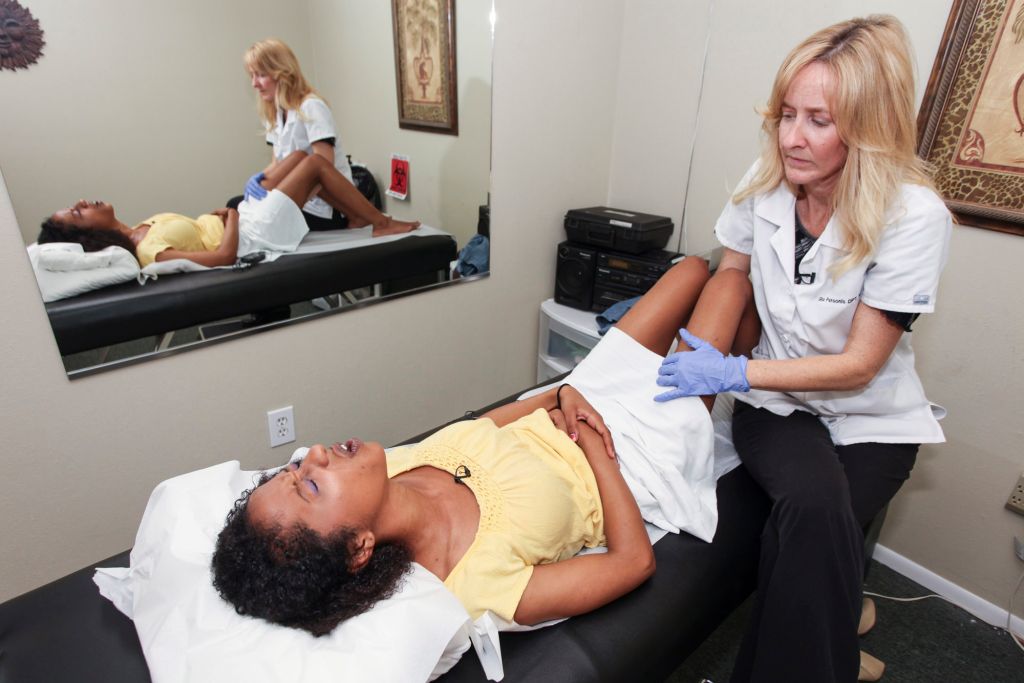Persistent Genital Arousal Disorder In Women: Know The Causes, Symptoms And Prevention

Persistent genital arousal disorder (PGAD) is also called persistent sexual arousal syndrome (PSAS). People with this condition become sexually aroused without any sexual activity or stimulation.
Even when there’s no reason to feel sexually aroused, you may feel all the symptoms of sexual arousal, such as an erection or swelling of the vagina. With PGAD, you may feel like you’re having orgasms constantly.
In some cases, PGAD can last for hours, days, or weeks at a time. And it can be disruptive to your daily life.
Far from being a pleasant experience, experts describe PGAD as spontaneous, persistent, unwanted and uncontrollable genital arousal in the absence of sexual stimulation or sexual desire, and is typically not relieved by orgasm.
PGAD is most commonly reported in women. It has also been reported in men. When men have this condition, it’s often called priapism. Priapism occurs when you have an erection lasting several hours or more even without anything sexually arousing causing the erection.
Causes of PGAD
People who eat foods that are excessively rich in soy products, or those who live sedentary lifestyles, as well as those who suffer from psychological disorders such as anxiety, panic, and depression, risk exposure to PGAD, experts say.
Physicians also report that those suffering from Sacral spinal cysts (Tarlov cysts), nerve injuries, and restless leg syndrome also risk the condition.
Being on medications for psychological disorders (such as antidepressants), hyper-sensitivity to small changes in physical sensations, onset of menopause and overactive bladder also predispose people to the condition.
PGAD is a condition that affects the nerves, researchers at online portal DiseaseDic say.
The primary symptom of PGAD is a series of ongoing and uncomfortable sensations in and around the genital tissues, including the clitoris, labia, vagina, perineum, and anus.
The sensations experienced are known as dysesthesias, and they can include: wetness, itching, pressure, burning, pounding, pins and needles.
These can lead the person with PGAD to feel constantly like they are about to experience orgasm, or they may experience waves of spontaneous orgasms.
However, these symptoms happen in the absence of sexual desire.
“Climaxing may temporarily alleviate symptoms, but they may return suddenly within a few hours.
“Episodes of intense arousal may occur several times a day for weeks, months, or even years.
The condition can lead to psychological symptoms due to the persistent discomfort and impact on day-to-day living,”
warns online portal, Medical News Today.
A distinguished professor of psychology at Rutgers University-Newark, New Jersey, Barry Komisaruk, who studies the condition, said other research suggests that PGAD can also be caused by skin infections, irritation in the genital area, or thinning of the skin due to reduced estrogen after menopause.
“Epileptic seizures and scar tissue from a trauma that puts pressure on the spinal nerves or stretches them can also be a cause,”
Komisaruk added.
According to the United States National Institutes of Health, PGAD may not be confused with hypersexuality, saying, “Hypersexuality manifests as excessive desire with or without persistent genital arousal.”
Rather, NIH says, PGAD is a phenomenon relating mainly to women’s sexual health, in which afflicted women complain of sudden and frequent genital arousal that are qualitatively different from the kind of sexual arousal that is associated with desire, or subjective arousal.
The persistent genital arousal may be triggered not only by sexual activity but by nonsexual stimuli as well, such as vibrations from a car, NIH says.
As challenging as the condition is, NIH says masturbation and orgasms offer little or no relief, as it is a very rare condition.
Online health portal, WebMD, notes that though PGAD is vastly more common in women, it could also affect men.
Indeed, the condition is considered a version of priapism, where men have persistent and sometimes, painful erections, for various reasons.
The portal explains that some women living with the condition report having orgasms every 10 seconds.
“One woman in a study had two orgasms while she was detailing her condition for an audience of doctors.
“Others take hours to achieve an orgasm or never reach one, and therefore have no resolution to their arousal,”
the portal added.
Speaking about physicians’ disposition towards the condition, Komisaruk said,
“The bottom line is that much more research is needed into PGAD, its causes, and potential treatments — and doctors need to be better educated about it.
It’s a very early stage of our understanding of how these symptoms work. We’re not even in the infancy stage yet — we’re still in the embryonic stage of understanding.”


